Innovative Chemical Materials: Driving Sustainability in the Electronics Industry
- Addtime: 2025-04-08 / View: 515
The electronics industry is at the forefront of technological advancement, but it also faces significant environmental challenges. From resource-intensive manufacturing processes to the growing demand for sustainable solutions, the sector is undergoing a transformative shift. This article explores the latest innovations in chemical materials that are reshaping the electronics industry, offering pathways to sustainability while maintaining performance and efficiency.
● The Growing Demand for Sustainable Electronics
As global industries push for energy-efficient technologies, the electronics sector is under pressure to reduce its environmental footprint. Wide-Bandgap (WBG) semiconductors, such as silicon carbide (SiC) and gallium nitride (GaN), are emerging as key materials for high-power and high-frequency applications. Their superior properties, including higher thermal conductivity and energy efficiency, make them indispensable in electric vehicles (EVs), renewable energy systems, and 5G infrastructure.
However, the production of these materials is energy-intensive and poses environmental challenges. Epitaxial growth techniques like chemical vapor deposition (CVD) and molecular beam epitaxy (MBE) require high temperatures, leading to significant greenhouse gas emissions. Additionally, the extraction of raw materials such as gallium contributes to ecological degradation and supply chain vulnerabilities.
● Sustainable Manufacturing Innovations
1. Low-Energy Deposition Techniques
To address these challenges, the industry is adopting low-energy deposition techniques. Low-temperature CVD and Atomic Layer Deposition (ALD) are being implemented to minimize energy consumption and carbon emissions during semiconductor manufacturing. These methods not only reduce environmental impact but also maintain high material purity.
2. Green Chemistry Initiatives
Green chemistry is gaining traction as companies seek to replace hazardous chemicals like hydrogen fluoride (HF) in WBG processing. Innovations include the use of aliphatic amino acids as corrosion inhibitors in chemical-mechanical polishing (CMP) slurries, reducing reliance on environmentally harmful substances.
3. Advanced Recycling Strategies
Material recovery and recycling are critical to achieving sustainability. Companies are exploring chemical separation techniques to recover gallium and silicon from production by-products. For instance, GaN recycling involves chemical pretreatment and thermodynamic processes to recover gallium, aligning with urban mining initiatives.
● Industry 4.0 Technologies: Enhancing Efficiency and Sustainability
The integration of Industry 4.0 technologies, such as artificial intelligence (AI) and the Internet of Things (IoT), is revolutionizing semiconductor manufacturing. AI-driven process optimization has been shown to reduce energy consumption by 30% and improve material efficiency. Digital twin simulations further contribute to sustainability by modeling production processes to optimize operational efficiency and energy use.
● Applications of WBG Semiconductors in Sustainable Technologies
Wide-Bandgap semiconductors are driving sustainability across multiple sectors:
- 5G Infrastructure: GaN semiconductors enable higher frequency operations with reduced power consumption, leading to lower energy usage in 5G base stations.
- Smart Grids: GaN and SiC devices enhance grid efficiency by reducing energy losses during transmission and distribution, supporting the integration of renewable energy sources.
- Consumer Electronics: WBG semiconductors are increasingly used in chargers and power supplies, reducing energy consumption in everyday devices.
● Market Trends and Future Outlook
From 2025 to 2035, sustainability-driven policies will mandate the use of low-carbon, recyclable, and bio-based electronic chemicals. Circular economy models are expected to become mainstream in semiconductor and display manufacturing. Additionally, advancements in quantum dots, spintronic materials, and 2D materials are expected to drive innovation in next-generation computing and ultra-fast data processing.
● Conclusion
The electronics industry is at a critical juncture, where sustainability and technological innovation are converging to shape the future. From low-energy deposition techniques and green chemistry to advanced recycling and Industry 4.0 technologies, the tools for a sustainable transformation are within reach. As global demand for greener technologies grows, the industry must embrace these innovations to reduce its environmental footprint while driving technological progress. The path forward is clear: sustainability is no longer an option—it is the future of electronics manufacturing.






